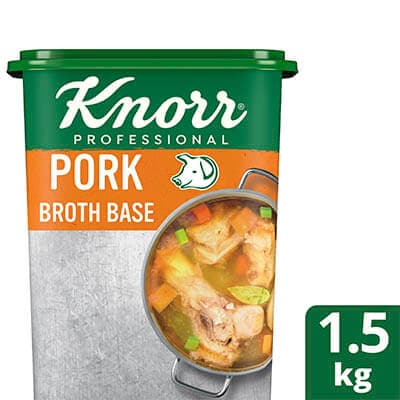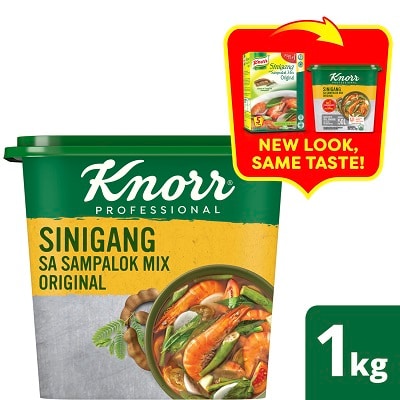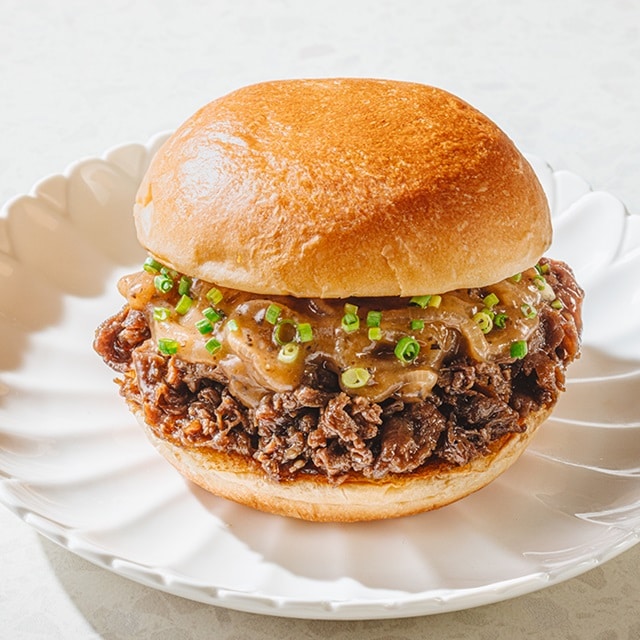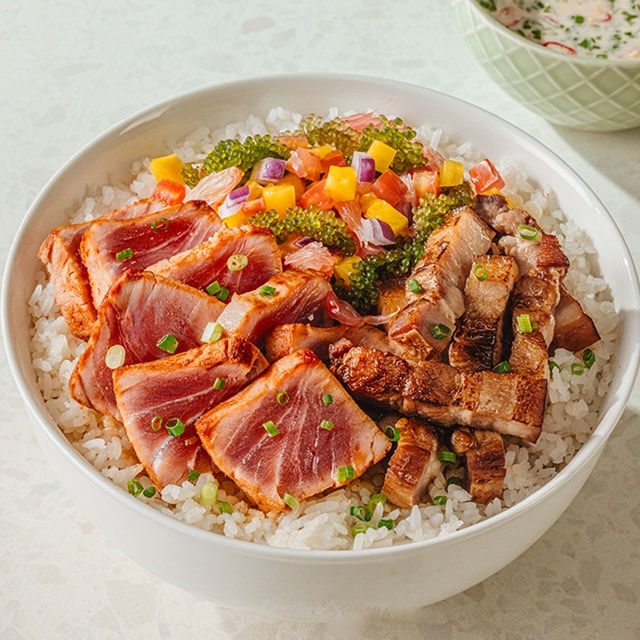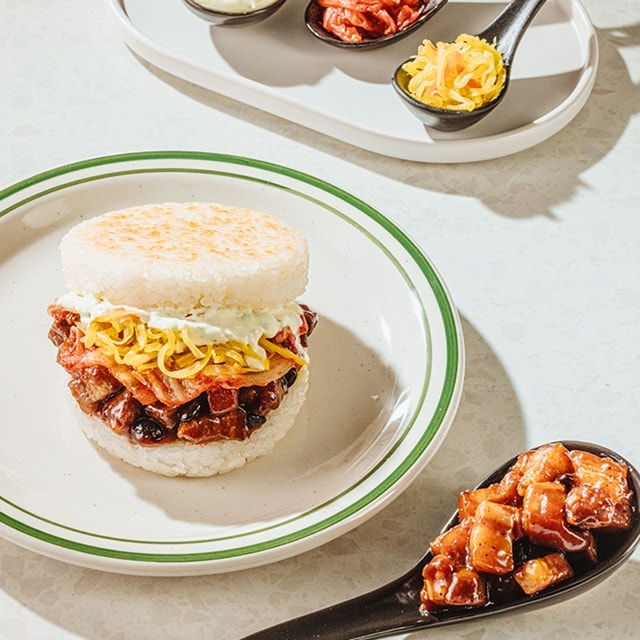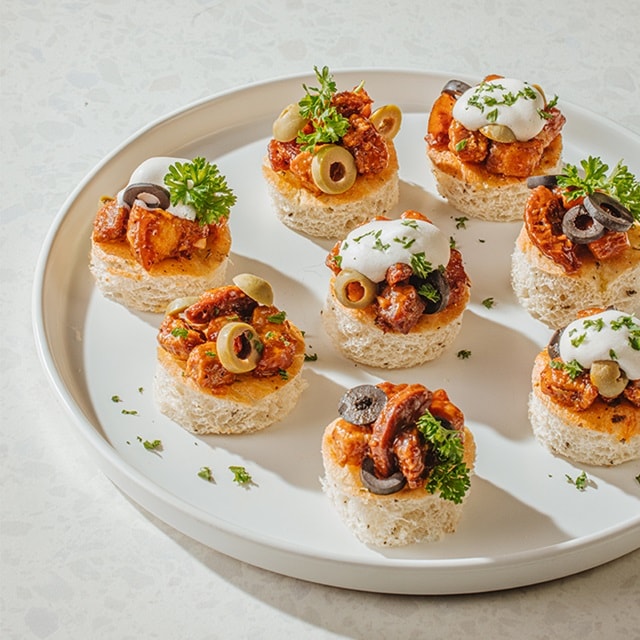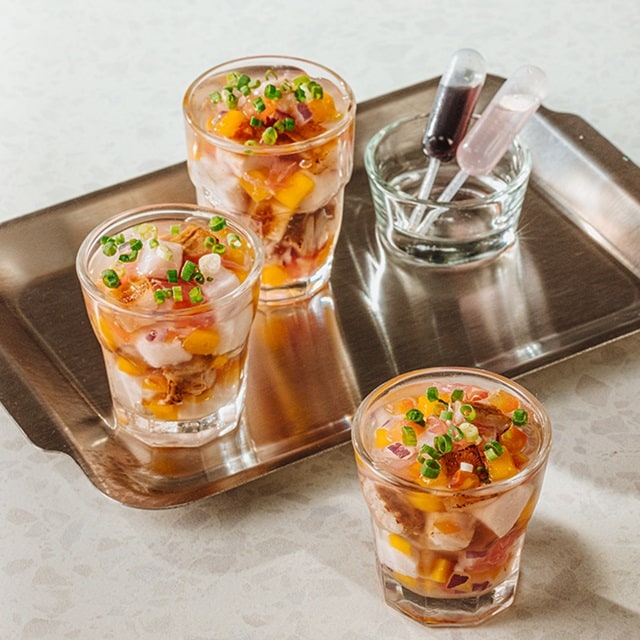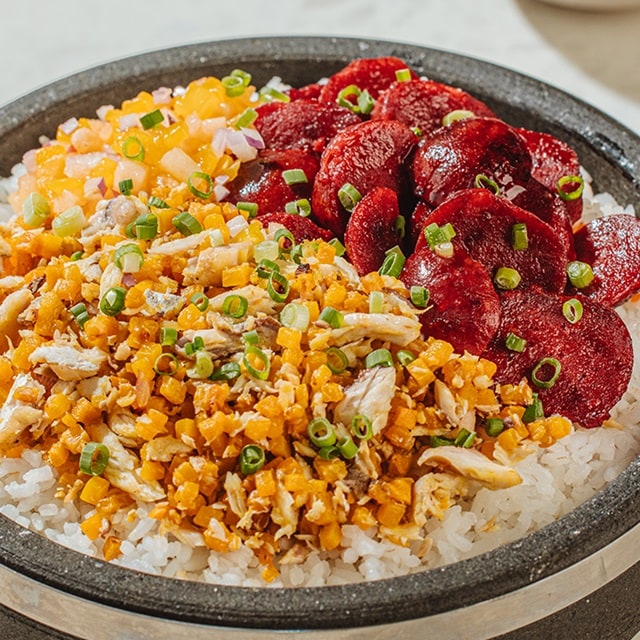In 2025, your food offerings must keep pace with rapid technological advancements and the growing demand for personalization. If you want to craft a truly special menu, you must design a dining experience tailored to each guest. That means going beyond skipping sauce on a burger or leaving an ingredient out of a salad.
Enter the “Diner Designed” trend, which caters to those who seek immersive experiences aligned with unique preferences. It’s all about creating memorable moments at the table to foster authenticity. Read on to discover more about this emerging food trend, learn how to craft special food menus, and find new ways to engage your customers.
What Is the Diner Designed Trend?
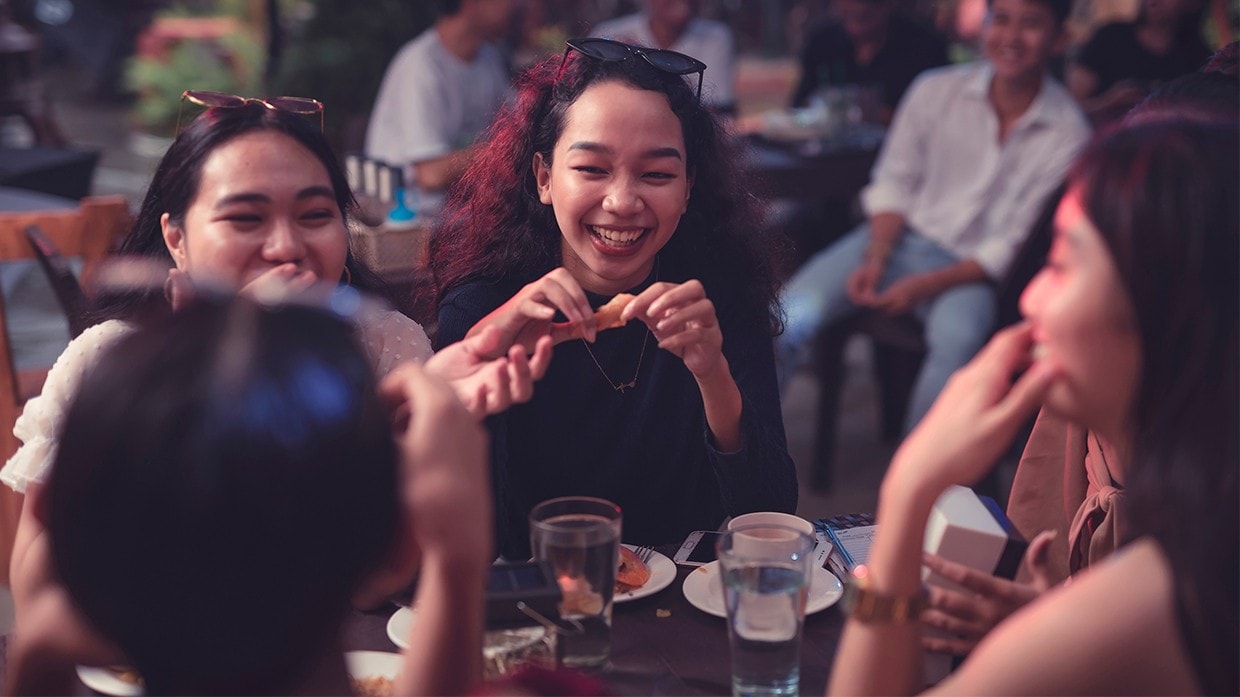
The Diner Designed trend goes beyond standard meal customization. Instead, it invites diners to engage in every step of the dining experience, from choosing ingredients to seeing their meal prepared. This approach isn’t just about satisfying taste buds; it taps into all the senses, creating emotional value around each special menu.
Largely driven by Gen Z’s preference for curated experiences, Diner Designed highlights personal involvement. Rather than simply requesting substitutions, diners help shape the meal itself, making it truly reflective of their tastes and preferences.
Chris Zhong, Unilever Food Solutions China senior chef consultant, shares: “Emotional value is going to play a big role in dining. People are not just seeking good tasting and novelty, increasingly they are looking for a dining experience that offers emotional value.”
For example, for a special lunch menu, you can offer a bistek burger with a special sauce made with Knorr Demi Glace, Knorr Liquid Seasoning, calamansi, wasabi, and truffle paste. For appetizer, prepare sinuglaw with grilled liempo and fresh fish seasoned with Knorr Rostip Chicken Seasoning Powder. Serve them in jelly cups topped with a refreshing mango-pomelo salsa.
Or, for a Valentine’s Day special menu, offer customizable poke bowls or bibimbap. Instead of ordering from a static menu, roll out carts of fresh ingredients and allow couples to select their components. Showcase your skill by building the bowls in front of them, transforming a simple meal into an interactive, memorable experience.
Global Examples and Regional Adaptations of the Diner Designed Trend
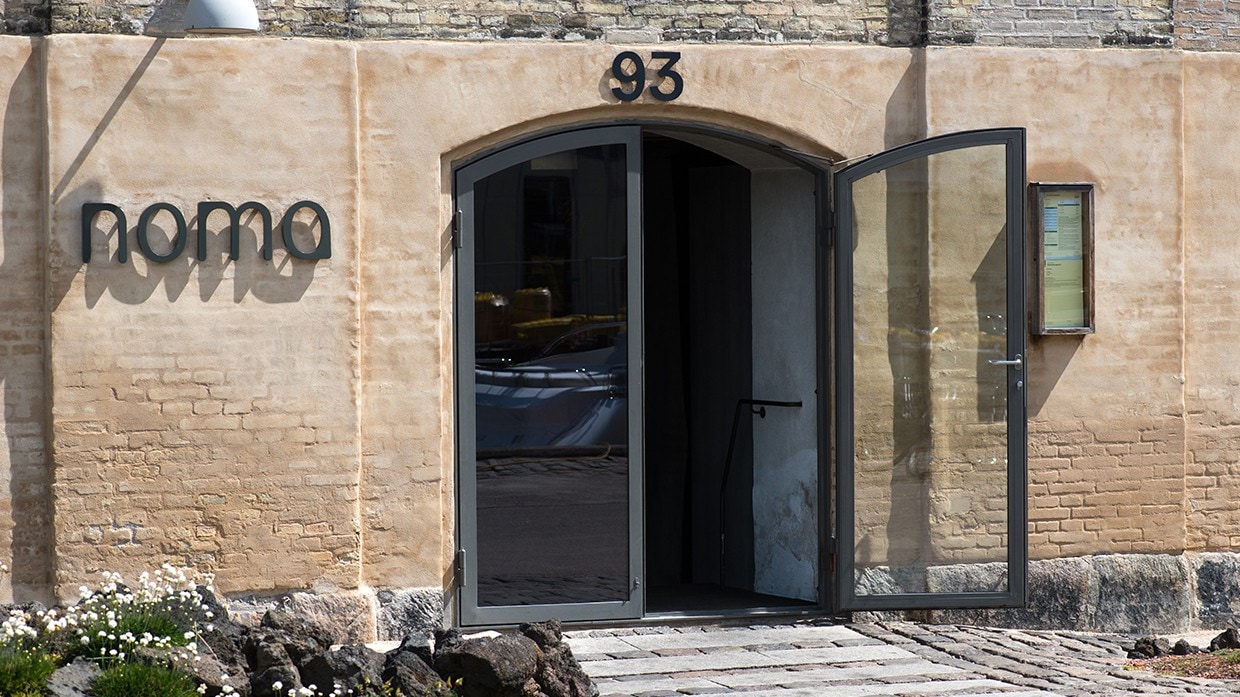
Various cultural influences are fueling the spread of the Diner Designed trend, with cookbooks and media offering fresh perspectives on customization. Noma 2.0: Vegetable, Forest, Ocean (2023) reveals the world-renowned restaurant’s personalized, interactive approach. Salt Fat Acid Heat (book and Netflix series) by Samin Nosrat shows how mastering fundamental cooking principles empowers home cooks to adapt recipes and tailor dishes to their tastes.
Dark kitchens or ghost kitchens also add another dimension to this movement. These delivery-only restaurants often leverage technology to provide highly customizable menus for special occasions and personalized ordering experiences. They cater to diners who crave convenience and greater control over their meals.
Meanwhile, Diner Designed manifests uniquely across different regions, reflecting diverse cultural influences:
- Asia: Korean BBQ emphasizes interactive, communal dining. Diners create their own flavor profiles by selecting meats, sides, sauces, and cooking times.
- Europe: Fine-dining special dinner menus often feature table-side preparations and storytelling. At Terre in Ireland, for example, dishes are finished in front of diners for added engagement.
- Middle East: Ghost kitchens and AI-designed menus, such as Dodo Pizza’s paneer and za’atar creation in Dubai, showcase a tech-driven approach to personalization.
Factors Driving the Diner Designed Trend
Several forces influence modern dining and propel this shift. The following factors highlight key changes shaping the F&B industry:
- Desire for value-added experiences: Diners want immersive, personal, and customizable encounters.
- Communal dining beyond sharing boards: Guests seek participatory experiences that foster connection.
- Gen Z's demand for curated choices: In a world of abundance, this generation values authenticity and tailored options.
- Social media visibility: Platforms amplify trends and spark inspiration for unique culinary offerings.
- Tech advancements in AR and AI: Cutting-edge tools are redefining the possibilities of interactive dining.
- Enhanced data access: Insights drive more innovative and personalized experiences.
How to Adapt to the Diner Designed Trend
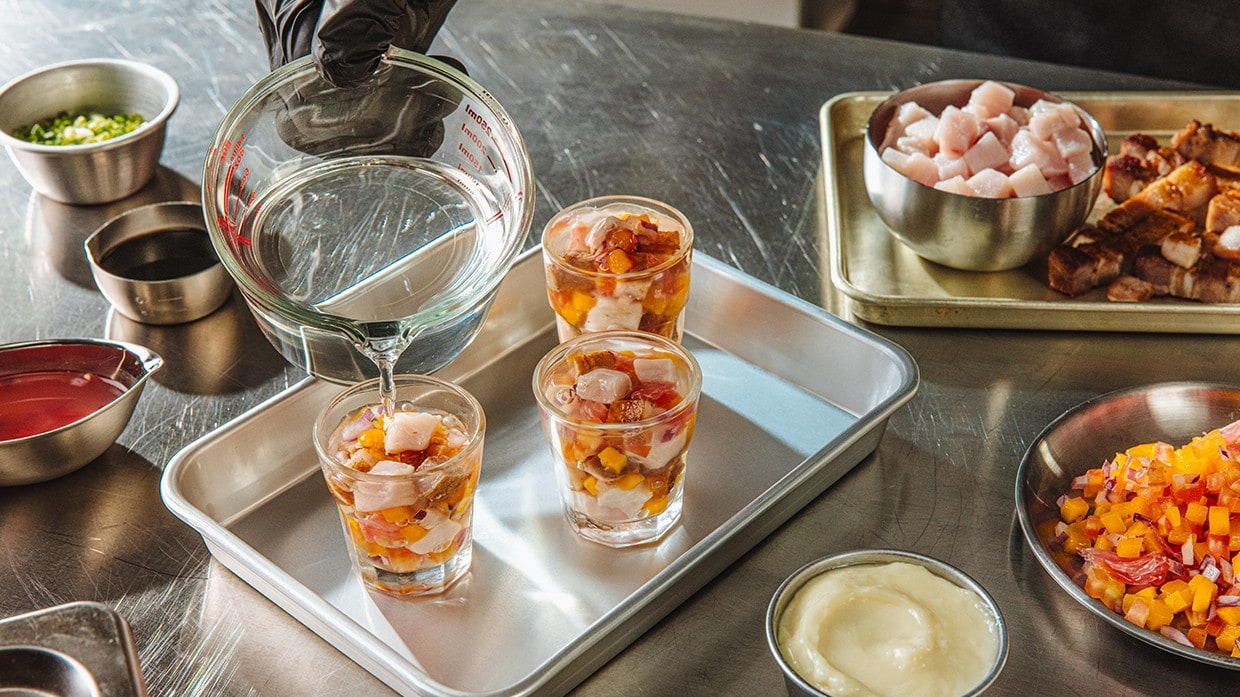
This food trend is reshaping various dining categories, each adopting unique strategies:
- Quick service restaurants (QSRs): Offer component options while maintaining efficiency. For example, a café special menu where customers can build their own sandwiches by choosing the bread, spread, and fillings.
- Casual dining: Combine inspiration with choice through apps and technology for deeper personalization. Hot pot dining, for example, allows diners to select broths and sauces, creating unique flavor profiles.
- Fine dining: Provide a luxurious, multisensory journey. Finish courses table-side with detailed explanations of ingredients and techniques.
Techniques, Dishes, and Ingredients for the Designer Designed Trend
To fully embrace this trend, update your special menu with these dishes, techniques, and ingredients, offering diners a more interactive, personalized experience.
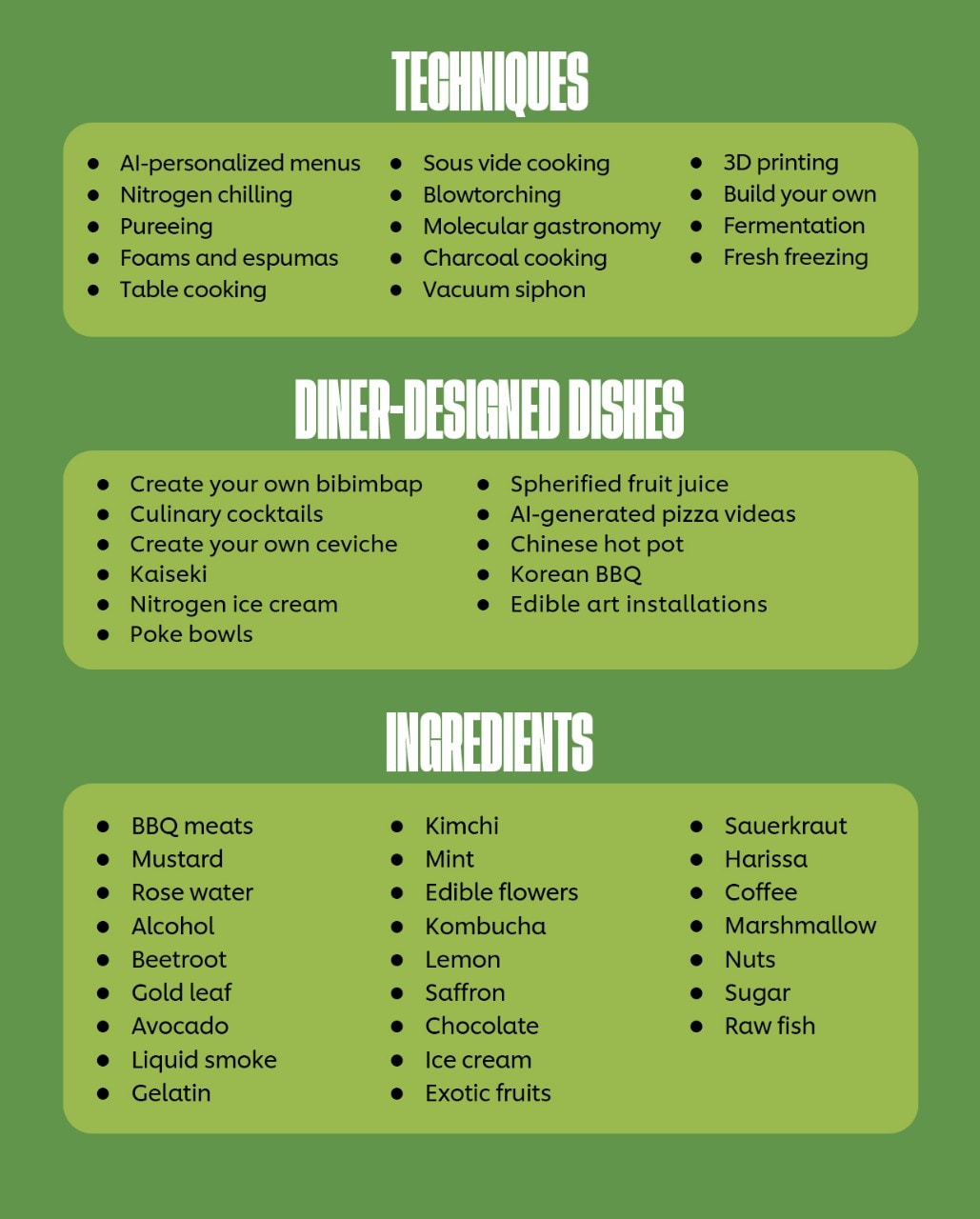
Expanding your market and staying relevant in a competitive F&B landscape is crucial for long-term success. Incorporate the Diner Designed trend into your special menu to forge stronger connections with modern diners, especially Gen Z. By blending technology, creativity, and cultural insights, you can create unforgettable experiences that delight the senses and build loyalty. For more inspiration and guidance on current food trends, download the Future Menus 2025 Report today.


